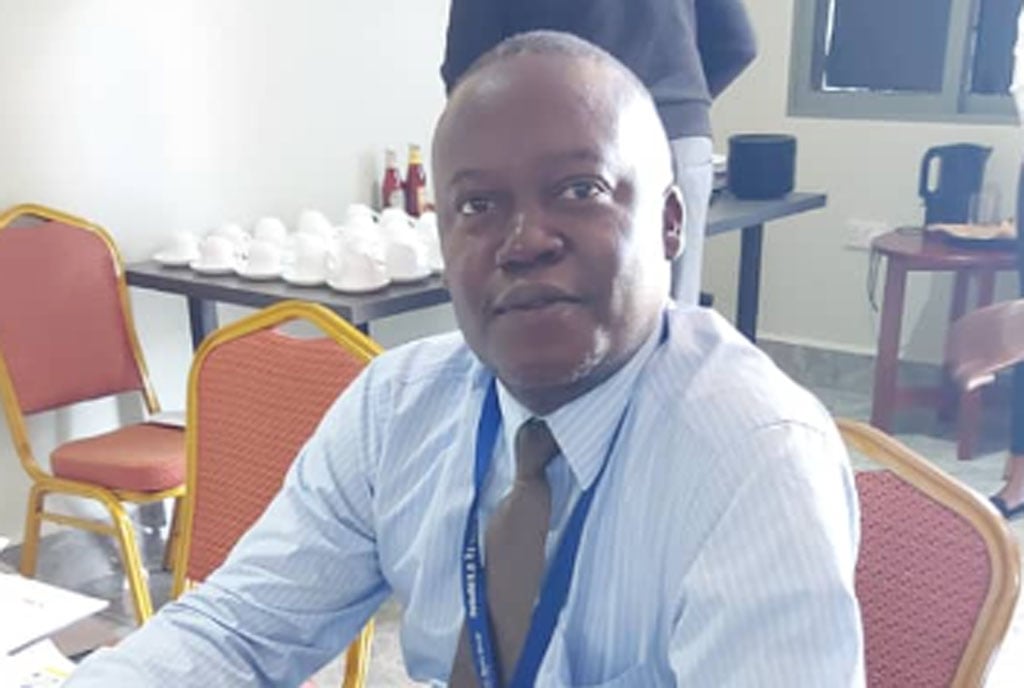Timber second most expensive item in country - NFA

The Iganga District Production Officer, Dr Moses Baligeya (L) hands over 30 Grevillea Robusta tree seedlings to Mr Paul Kakaire at Nasuti Village, Nambale Sub County. Centre is Ms Brenda Yariwo from One Acre Fund (OAF). PHOTO / PHILIP WAFULA
What you need to know:
- Mr Michael Kusuro, the NFA Eastern regional manager, while speaking to about 450 farmers of Nasuti Village, Nambale Sub County in Iganga District who were each receiving 30 Grevillea Robusta tree seedlings, said: “Gold and timber are the most expensive items in Uganda, but timber comes second.” The seedlings were donated by One Acre Fund (OAF).
Timber is only second to gold as the most expensive item, an official from the National Forestry Authority (NFA), has revealed.
Mr Michael Kusuro, the NFA Eastern regional manager, while speaking to about 450 farmers of Nasuti Village, Nambale Sub County in Iganga District who were each receiving 30 Grevillea Robusta tree seedlings, said: “Gold and timber are the most expensive items in Uganda, but timber comes second.” The seedlings were donated by One Acre Fund (OAF).
“We shall soon develop a template or guiding tool to show the figures, but when you visit timber stalls, you will find that the same people who were dealing in timber when we were young are the same people in the business,” he added.
According to Mr Kusuro, Grevillea Robusta trees take between 12 to 14 years to grow and can be planted in matooke or coffee plantations and other food crops, if scattered.
“After 12 to 14 years, the farmer can start harvesting them for timber production, but in the meantime, their leaves are nutritious for cows, goats and sheep, and when they fall, they increase soil fertility,” he said, adding that their excess branches can be pruned for firewood and land demarcation.
Ms Daisy Atukunda, the OAF Government Relations Lead, said in partnership with stakeholders like NFA, they started out by training the farmers in mulching, water pattern, and planting compliance, adding that the trees can be planted anywhere and used as garden border trees.
Ms Irene Namulondo, one of the beneficiaries, said she has land on which she is going to plant the trees, adding that it was small but has grown with the help of her husband.




